Understanding Caffeine: A Comprehensive Explanation
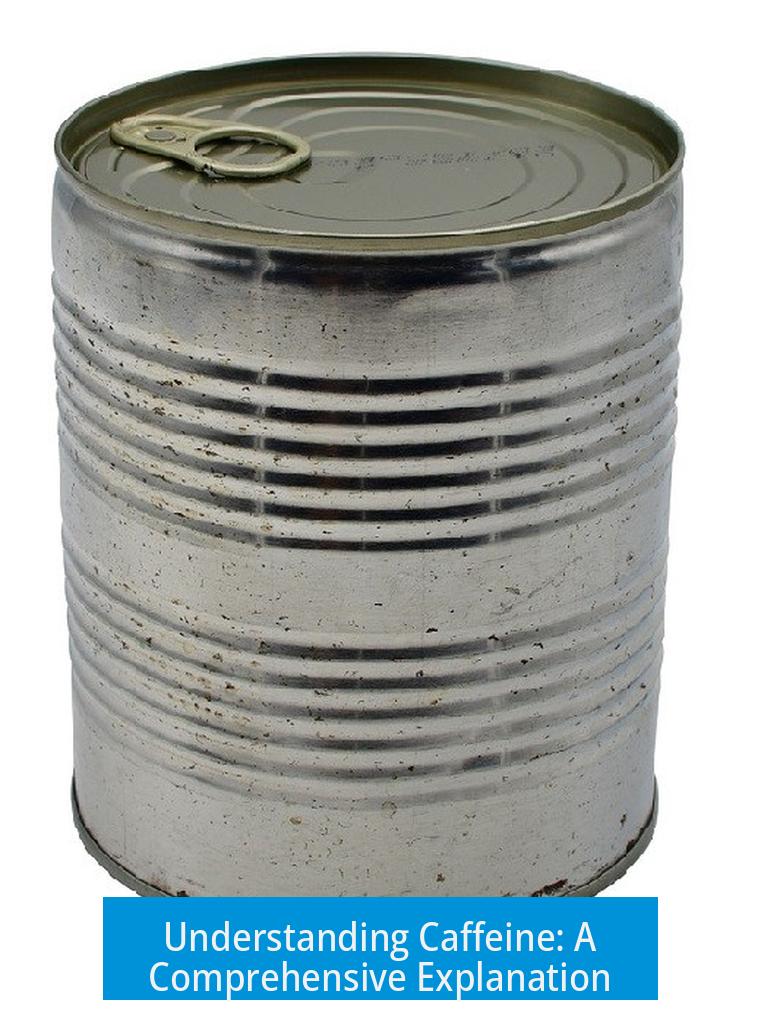
Caffeine is a natural stimulant drug that acts on the central nervous system by increasing neurotransmitter activity, leading to heightened alertness and focus. It originates from over 60 plant species, including coffee beans and tea leaves. The stimulant effect occurs because caffeine blocks adenosine, a neurotransmitter that promotes tiredness.
What Is Caffeine?

Caffeine belongs to a category of substances called stimulants. It stimulates the central nervous system, the body’s command center controlling many processes. It enhances alertness by preventing adenosine from binding to its receptors in the brain.
Due to its molecular complexity, caffeine does not behave like simple elements when subjected to thermal changes like boiling or melting. Instead, what seems like melting or boiling might correspond to molecular breakdown or transformation, depending on conditions like pressure.
Physical Properties and Phase Behavior
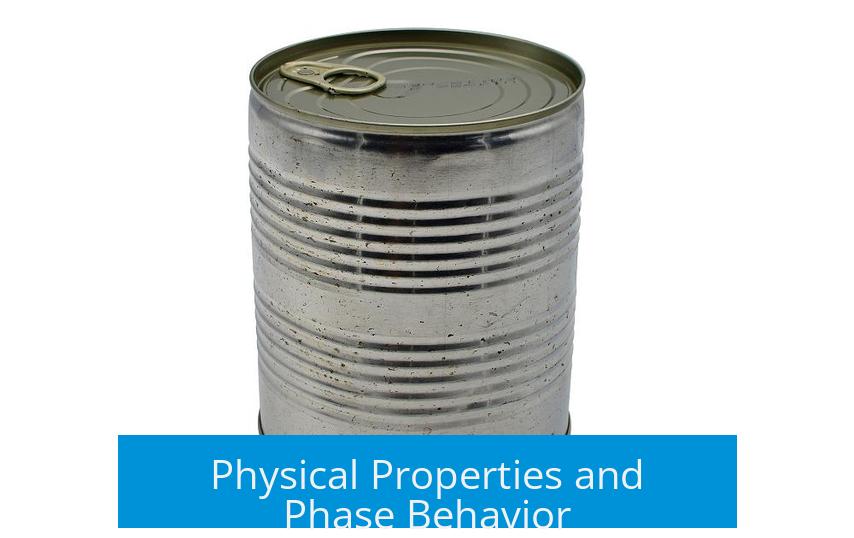
Caffeine’s physical phase changes such as sublimation, melting, and boiling occur at temperatures that vary with external pressure. For instance, at atmospheric pressure, caffeine might sublime around 200°C. Under increased pressure, melting and boiling points rise, reflecting its complex molecular nature.
- Sublimation: Solid turns directly into gas at specific temperatures and pressure.
- Melting: Transitions into liquid state at higher pressures and temperatures.
- Boiling: The temperature at which caffeine vaporizes fully depends on pressure.
Benefits of Caffeine

Enhancing Alertness and Focus
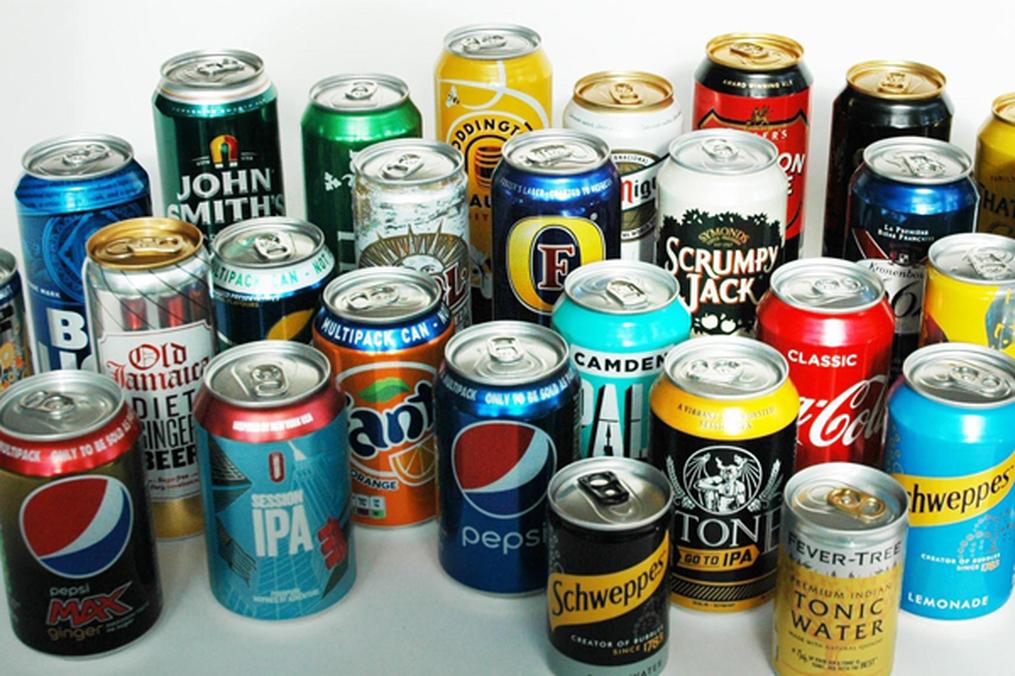
Consuming moderate amounts of caffeine helps increase alertness by blocking adenosine, which reduces feelings of tiredness. About 300 mg (equivalent to roughly 3 cups of coffee) significantly improves daytime vigilance, even with partial sleep deprivation.
By increasing dopamine and norepinephrine levels, caffeine supports better mood and concentration. These neurotransmitters enhance attention, especially beneficial for individuals with attention-deficit/hyperactivity disorder (ADHD).
Physical Performance and Headache Relief

Caffeine boosts athletic endurance, which is why it is common in pre-workout supplements. It enhances energy availability and muscular performance during exercise.
Some analgesics include caffeine to accelerate medication absorption, helping to relieve headaches faster.
Potential Long-Term Health Effects
Ongoing research examines caffeine’s role in lowering inflammation, managing Type 2 diabetes, and protecting heart and blood vessel linings. Studies show habitual caffeine or coffee consumption correlates with reduced cancer and chronic disease rates. Epidemiological data suggest potential longevity benefits.
Risks and Side Effects of Caffeine
Common Side Effects
High caffeine intake (around 300 mg or more) can cause symptoms such as:
- Anxiety and irritability
- Gastrointestinal disturbances like nausea and diarrhea
- Dizziness and heart palpitations
- Elevated blood pressure
- Sleep disturbances and restlessness
Caffeine Overdose and Dependency
Excessive consumption may induce caffeine overdose, marked by severe neurological and cardiac complications such as arrhythmias, seizures, and potentially fatal outcomes.
Regular use leads to tolerance, requiring larger doses for the same effects. Withdrawal symptoms include headaches, irritability, fatigue, and concentration difficulties when abruptly stopping caffeine.
Individual Sensitivity Variations
Caffeine metabolism and effects vary by individual. Some people clear caffeine rapidly and experience fewer side effects, while others are more sensitive and may suffer prolonged effects including interrupted sleep.
Safe Consumption Practices
Recommended Limits
Healthy adults are advised to limit caffeine intake to no more than 400 mg daily. Teenagers should consume less than 100 mg per day. Children under 12 should generally avoid caffeine.
Special Considerations
Individuals who are pregnant, breastfeeding, have heart disease, high blood pressure, or take other medications like anti-anxiety drugs should consult healthcare providers before using caffeine.
Monitoring Cumulative Intake
Caffeine’s presence in multiple products can lead to unintended excessive intake. Sources include:
- Coffee and tea
- Energy drinks
- Chocolate and certain medications
Being aware of total daily consumption helps prevent surpassing safe limits.
Alternatives to High-Caffeine Products
For those sensitive to caffeine, options like decaffeinated coffee, low-caffeine teas, or coffee substitutes (e.g., mushroom coffee) offer milder stimulant effects or none at all.
Caffeine Powder and Liquid Forms: Toxicity Risks
Concentrated caffeine powders and liquid forms can be hazardous. A single teaspoon of powdered caffeine equates to the caffeine in about 28 cups of coffee. Such quantities pose serious poisoning risks and are potentially lethal.
Key Takeaways
- Caffeine is a natural stimulant that increases alertness by blocking adenosine.
- Its physical properties depend on pressure, influencing melting and boiling points.
- Moderate intake supports focus, mood, physical performance, and headache relief.
- Excessive consumption causes side effects including anxiety, heart issues, and sleep disruption.
- Recommended daily caffeine limits are 400 mg for adults and 100 mg for teens.
- Awareness of all caffeine sources prevents unintentional overdose.
- Highly concentrated caffeine powders are toxic and should be handled cautiously.
Can Someone Explain Something About Caffeine to Me?
Here’s the scoop: Caffeine is more than just a wake-up juice. It’s a fascinating, complex molecule that affects your body and brain in ways you might not expect. From its quirky phase changes under pressure to its brain-boosting benefits and potential risks, caffeine wears many hats. Let’s dive in and unfold the caffeinated mystery! Buckle up, it’s going to be a lively ride.
What Exactly Is Caffeine?
Caffeine isn’t just some random chemical hiding in your coffee cup. It’s a stimulant drug found naturally in over 60 plants, including coffee beans, tea leaves, and even cacao pods. When you sip that coffee or tea, caffeine sneaks into your brain and blocks a neurotransmitter called adenosine. This guy is the brain’s “tired signal,” so when caffeine blocks adenosine, you perk up and feel alert.
Imagine your brain as a control center. Adenosine is like the office manager telling you when it’s time for a break. Caffeine swoops in, says, “Not now!” and boosts those mood and focus chemicals, especially dopamine and norepinephrine.
Caffeine’s Molecular Quirks: Why It Does Weird Things When Heated
Most of us don’t think about what happens to caffeine if you heat it up, right? Well, it turns out caffeine is quite the complex molecule. It’s not an element like oxygen or nitrogen that has a straightforward melting or boiling point.
Under normal pressure (about 1 atmosphere), caffeine doesn’t melt in the usual sense—it sublimates. Sublimation means it changes from solid to gas without becoming a liquid first. That happens around 200°C at this pressure. Now, if you tweak that pressure, things change drastically. At higher pressures, caffeine gets a melting point around 300°C and a boiling point near 400°C (all numbers are examples).
But here’s the kicker: these “phase changes” aren’t always physical. Because caffeine is so complex, when it heats up, it can actually start breaking down chemically instead of just melting or boiling. So those temperatures can sometimes mean caffeine is falling apart into smaller molecules rather than just changing state. It’s like your favorite chocolate melting versus it turning into a completely different dessert — not quite the same!
Why Is Understanding These Details Useful?
You might wonder, “Why do I need to know about caffeine’s phase changes?” Well, it matters for how caffeine is extracted or processed in food and pharmaceutical industries. If caffeine breaks down too early due to temperature or pressure, it can change the potency of your caffeine kick or even produce unwanted byproducts.
Plus, from a chemist’s perspective, caffeine’s behavior under different conditions leads to insights about how to make better caffeine products. Ever tried a “mushroom coffee” or “low-caf” tea? Those might be the results of people messing with caffeine chemistry to tailor how much buzz you get.
The Benefits—More Than Just Waking You Up
We all know caffeine perks you up, but it does a lot more. Thanks to its impact on the brain’s neurotransmitters, caffeine improves alertness. Studies show that even in folks who are partially sleep-deprived, about 300 mg of caffeine (roughly 3-4 cups of coffee) significantly boosts daytime alertness.
Feeling a bit down? Caffeine’s blockade of adenosine makes dopamine and norepinephrine levels rise. These chemicals jazz up your mood, making caffeine a mild antidepressant for many people.
In fact, caffeine’s benefits extend to physical performance. That’s right! The reason your pre-workout powder includes caffeine is its proven ability to improve athletic endurance. It even helps relieve certain headaches by speeding up medication absorption. So caffeine might be your workout buddy and painkiller partner, wrapped in one small molecule.
But There’s a Catch: Risks and Side Effects
Since caffeine is a stimulant, too much is not a happy camper. Taking more than 300 mg per day may cause jitteriness, anxiety, digestive problems, heart palpitations, and trouble sleeping. It even raises blood pressure temporarily.
Worse, consuming huge doses, like those sometimes in caffeine powders or liquids, could lead to caffeine overdose. Just one teaspoon of powdered caffeine is like drinking 28 cups of coffee—yikes! Such levels can cause seizures, serious heart problems, and even death. So, no DIY caffeine rocket fuel, please.
Dependence is also a real issue. Regular caffeine users develop a tolerance, needing more caffeine to feel the buzz. Suddenly cutting back can lead to withdrawal symptoms like headaches, irritability, and fatigue. Knowing your limits is key, especially since caffeine stays active in your body for at least six hours.
Who Should Be Extra Careful With Caffeine?
While healthy adults usually tolerate up to 400 mg safely daily, kids, pregnant or breastfeeding women, and people with heart disease or anxiety should be more cautious. For teens, the safe limit drops to about 100 mg.
Everyone’s sensitivity to caffeine is different. Some folks sip coffee all day and sleep like babies; others get restless after a single espresso shot. It’s like caffeine has a personalized contract with your body that you need to read carefully.
How to Enjoy Caffeine Safely
Avoiding caffeine overload means moderating sources. Coffee isn’t the only sneaky culprit—you also get caffeine from tea, chocolate, energy drinks, and some medications. Those bites and sips add up quickly.
Love caffeine but hate the jitters? Try “low-caf” options or decaf, which retain the warm, cozy feeling of your coffee ritual with minimal buzz.
Wrapping It Up: A Beautifully Complex Molecule With Power and Peril
Caffeine is a superstar molecule. It’s a natural stimulant, a chemical puzzle with complex thermal behaviors, and a health-boosting compound with some risks attached. From molecular phase quirks to mood-boosting benefits, understanding caffeine adds depth to your daily cup.
Next time you sip that coffee or tea, remember: that kick-start isn’t just magic—it’s chemistry and biology working hand in hand. And as with all powerful tools, use caffeine wisely. Better alertness, mood, and performance should never come at the cost of your health.
“Caffeine is the world’s most popular psychoactive substance, but also one of the most misunderstood.”
Ready to appreciate caffeine like never before? Don’t just drink it—know it.
What exactly is caffeine and how does it work in the brain?
Caffeine is a stimulant drug found naturally in many plants like coffee and tea. It boosts your brain by increasing neurotransmitters that activate your central nervous system, making you more alert and awake.
Why do caffeine’s melting and boiling points seem unusual?
Caffeine is a complex molecule. Its melting and boiling points can vary because heating may cause the compound to break down instead of just changing state. Pressure also affects these temperatures.
How does caffeine improve focus and mood?
Caffeine blocks adenosine, a chemical that causes tiredness. This boosts dopamine and norepinephrine, which help improve focus, attention, and mood. It may even aid people with ADHD in concentration.
What are some risks or side effects of consuming caffeine?
High caffeine intake can cause jitters, nausea, heart palpitations, anxiety, and trouble sleeping. Too much can lead to overdose with serious heart and brain effects. Sensitivity varies among individuals.
How much caffeine is safe to consume daily?
Most healthy adults should limit caffeine to under 400 mg daily. Teens should stay below 100 mg. Amounts beyond these levels can increase risks of side effects and dependency problems.
Can caffeine help with physical performance or headaches?
Moderate caffeine can boost endurance in athletics and some pain relievers contain caffeine to help absorb medicine faster, providing quicker headache relief.


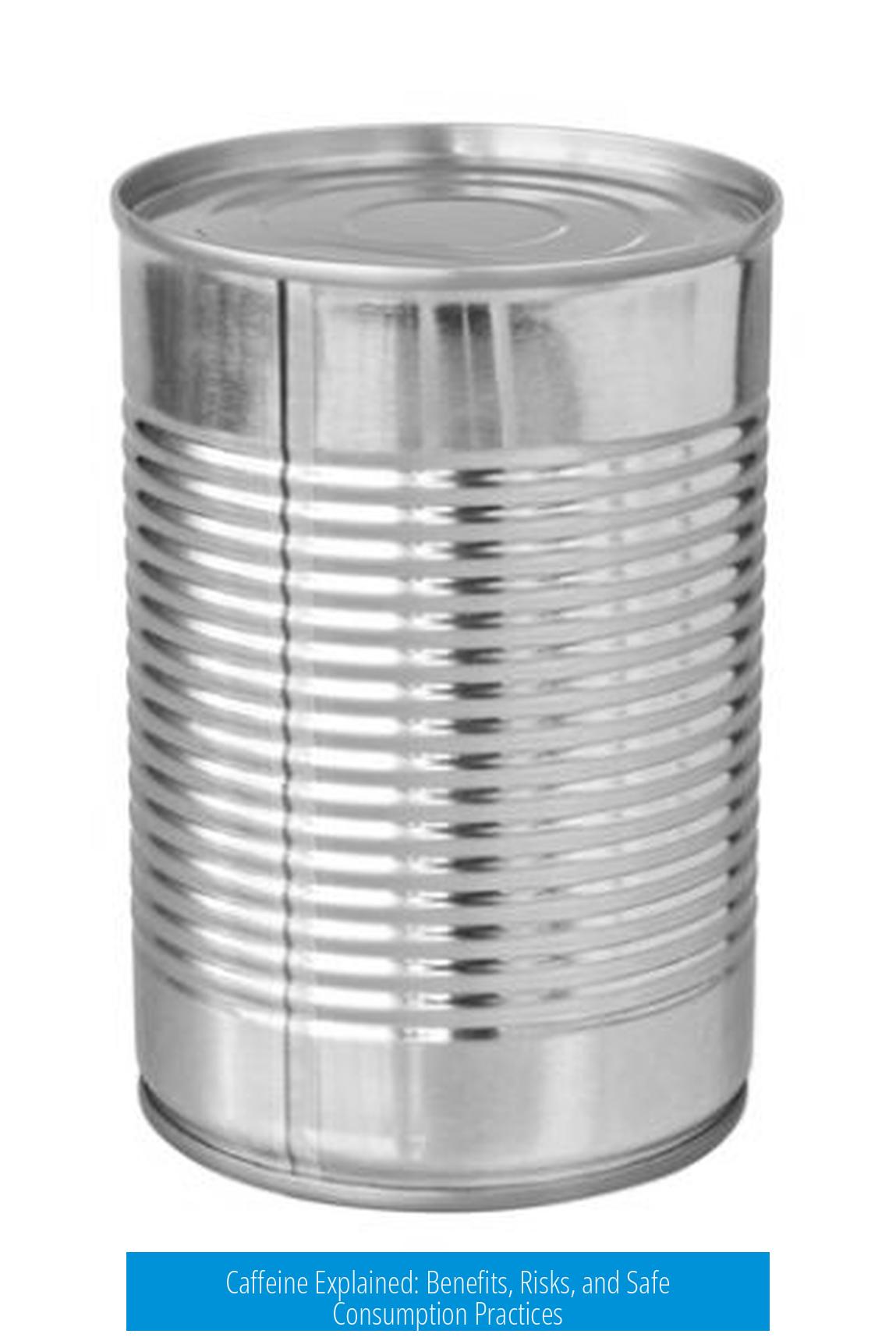
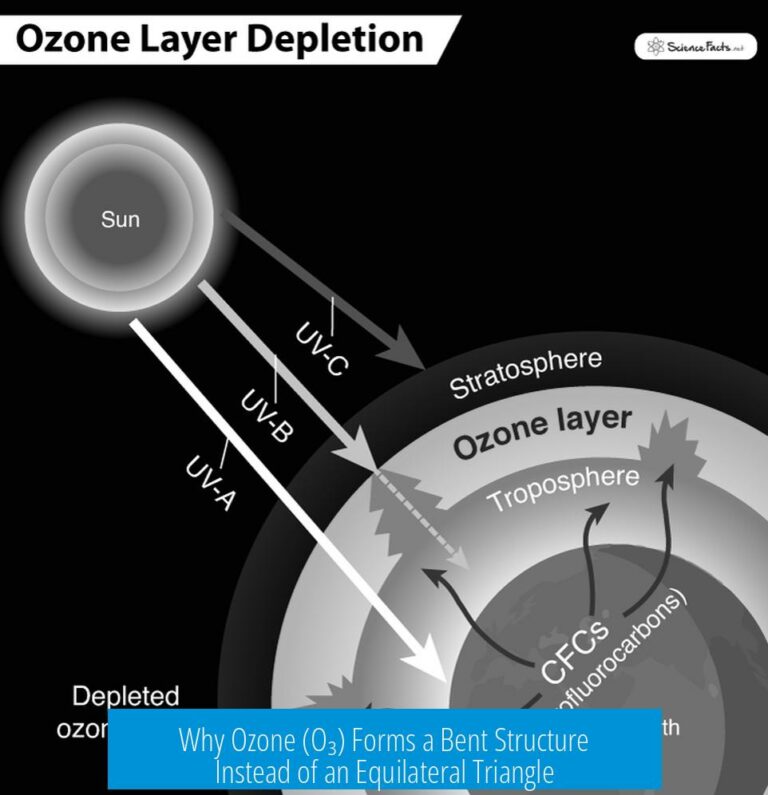

Leave a Comment